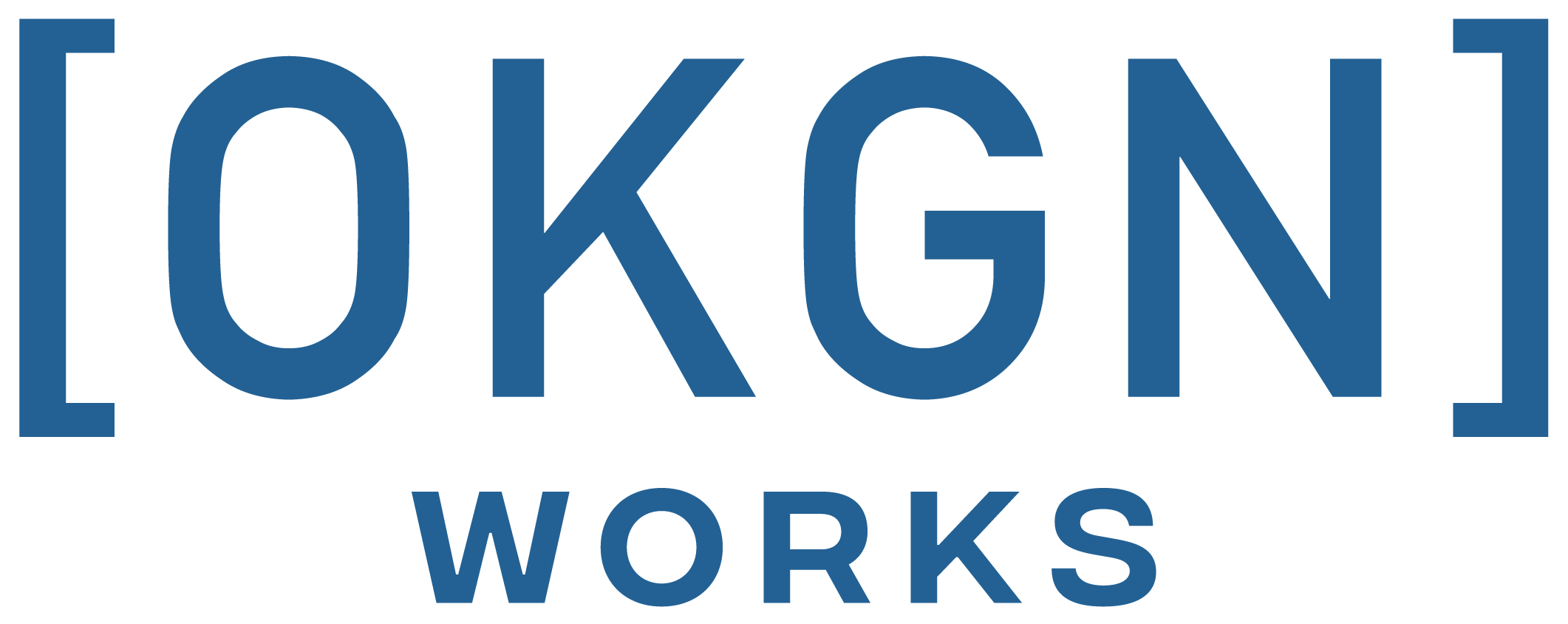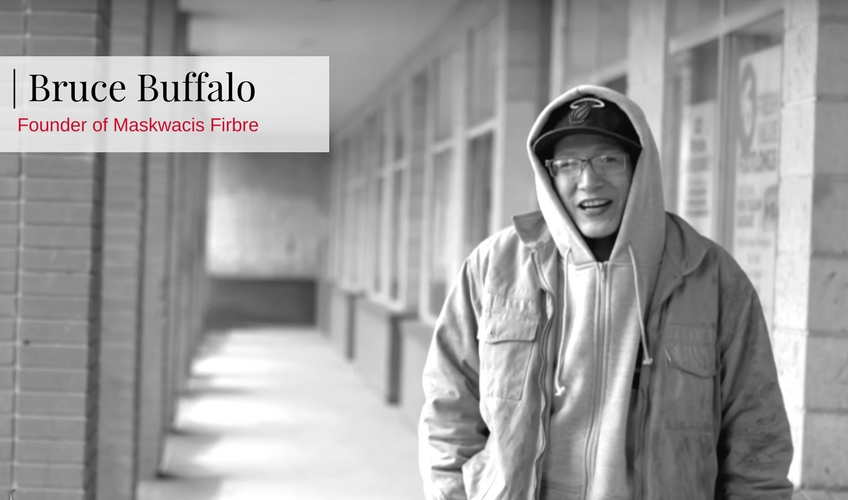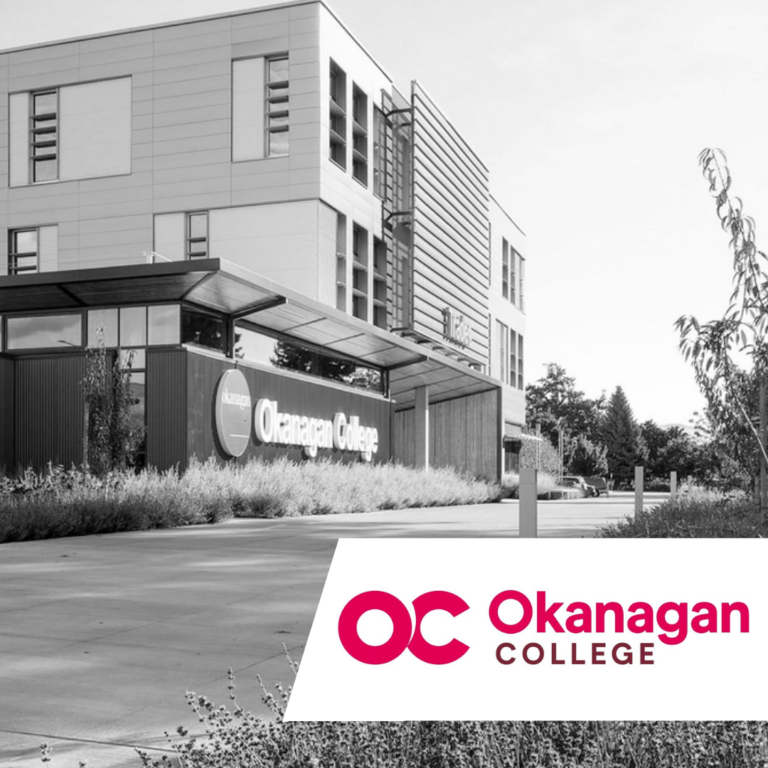Bruce Buffalo, founder of Maskwacis Fibre, is a man who grew up bouncing around foster homes and struggling to make ends meet. Despite this, today he is driven to help others rise up out of poverty and life circumstances to lead a better life. Buffalo believes in the power of information and Maskwacis Fibre is on a mission to give the community of Maskwacis something millions of other Canadians take for granted: access to the internet.
Buffalo started in 2016, building Samson Cree Nation community its own public and free high-speed network.
“You have to make a difference when you can and where you can,” says Buffalo. “Just start where you can”.
Maskwacis Fibre, soon to be a registered non-profit society, has goals far beyond traditional online connectivity. The end game is to sustainably provide connectivity and access to rural and First Nations communities across the entire country and to empower these communities to uncover for themselves that technology can be a powerful force for good.
Buffalo believes connectivity and access is key to promoting continued learning, enabling self-sufficient best-practices, and maintaining a thriving community but he is hopeful that connectivity is just the first step. Future plans for Maskwacis Fibre include creating a centre for technology that can act as both a community gathering place, an incubator for budding entrepreneurs, and a training hub for students.
Maskwacis is an impoverished Canadian community grappling with addiction, unemployment and suicide. Like many other indigenous reserves, it’s a place with little access or connection. There are no landlines, patchy mobile service and no affordable ways to get online.
Convinced that connectivity will open up new job and education opportunities, Maskwacis Fibre, has developed a system that offers four free access points in the community. Residence members can connect to the network through a web-based gateway, which also offers some content filtering (blocking inappropriate content).
Buffalo used his home Internet connection as a network gateway, and then built WiFi repeaters to distribute the signal to the surrounding area. Users can connect to the Internet, and to apps like social media as well as voice-over-IP telephone, by logging in on their devices. The multi-point system now broadcasts a WiFi signal from four antennas located at his uncle’s house, his sister’s house, the community radio station (Hawk Radio), and the local Friendship Centre.
We recently caught up with ‘Broadband Bruce’ to get his thoughts on the digital divide, the importance of a good ladder, and his budding relationship with the University of Alberta.
Q. Why is access to the Internet an issue for your community and what makes you think changing this will have such an impact?
A. They say that 99% of Canadians have access to the Internet but that’s 99% of Canadians who live in towns or cities with infrastructure. Most rural places and First Nations Communities – they don’t have that infrastructure and if they do, it comes with a huge cost. From a connectivity standpoint, there is a huge gap. A lot of these First Nations communities are so low income that unless it’s free, it’s really not accessible.
Q. What inspired you to try and solve this problem?
A. Well, I always lived in a city and had access to the Internet so I learned early on that there were many advantages to having access to information. I want my own kids and the people of my community to have access to good education and I want them to have reliable communication systems. I believe this will improve the lives of the community.
It wasn’t until I started poking around with my own wifi networks that I realized I could do the same for the entire community. Once I started working on the community wifi, I realized, this could actually be something I can do for other First Nations communities across the country.
Q. Once you got your community network set up, what did it feel like to hit the ‘on’ switch for the time?
A. I was sort of happy and frustrated. I was happy because it was running but there was still a lot of work that needed to be done. We are running a very basic system. I think I started out with like $1500, two access points, and a switch. The idea was to just start small and then build from there.
Q. What kind of feedback or reaction have you been getting from the community?
A. People seemed to really appreciate the service when we first got it up and running but we’ve had a lot of connectivity issues and that affects the quality of service we can provide. One of our biggest challenges was equipment but we’ve now got most of our equipment upgraded and got rid of all our old hardware. One of our main challenges right now is creating a relationship with an internet service provider. At the moment we’re essentially using a residential connection but we really need something stronger.
Q. Do you have any community or Industry partners?
A. We are currently working with Dr Rob McMahon and his electrical engineering students Tushar Sharma and David Garrett from the University of Alberta. Dr. Rob has done a lot of work on the First Nations First Mile Connectivity projects for communities. This is a program to provide connectivity for communities who otherwise would not have access.
My system in Maskwacis is a First Mile system that provides Last Mile connectivity. I love working with the University and the students because we are able to help and learn from each other.
Q. What is next for Maskwacis Fibre? What are some of the challenges you have yet to overcome?
A. We currently do not have a backup system and we really should have one. Equipment is also always a need. We are hungry for equipment over here. Access point, point-to-point equipment, mounting equipment, hardware—we need it all. We are also coming up on the end of our pre-paid system fees so we will be looking for ways to fund this and efficiencies in how we partner.
Maskwacis Fibre is also receiving mentorship from Nicole Rustad, Founder & Chief Impact Officer of Kelowna-based VortoVia for guidance on business aspects and successfully operating a non-profit society.
Buffalo will be the first to tell you, you don’t have to be a Chief to make a difference. Want to get involved? Let’s connect.
Get a tour of the Maskwacis Community and learn more about Broadband Bruce.






